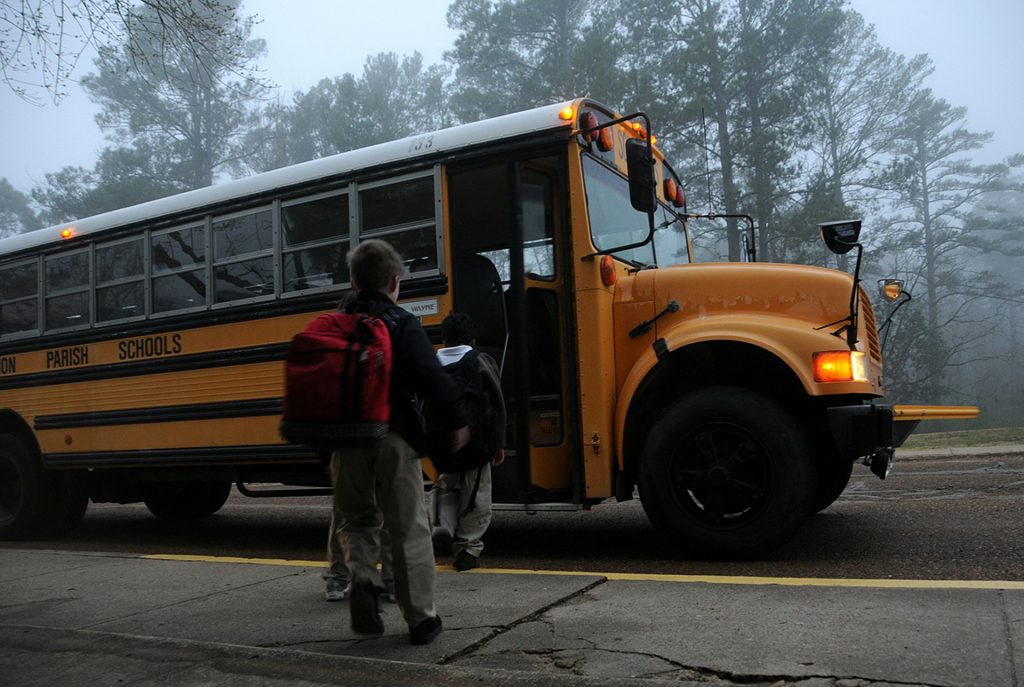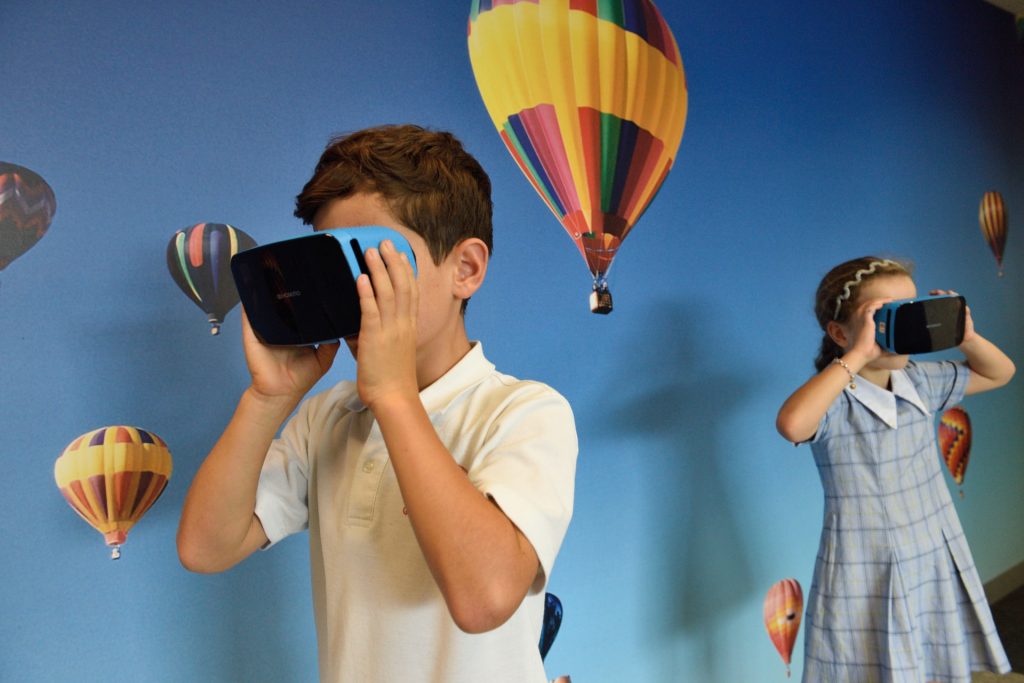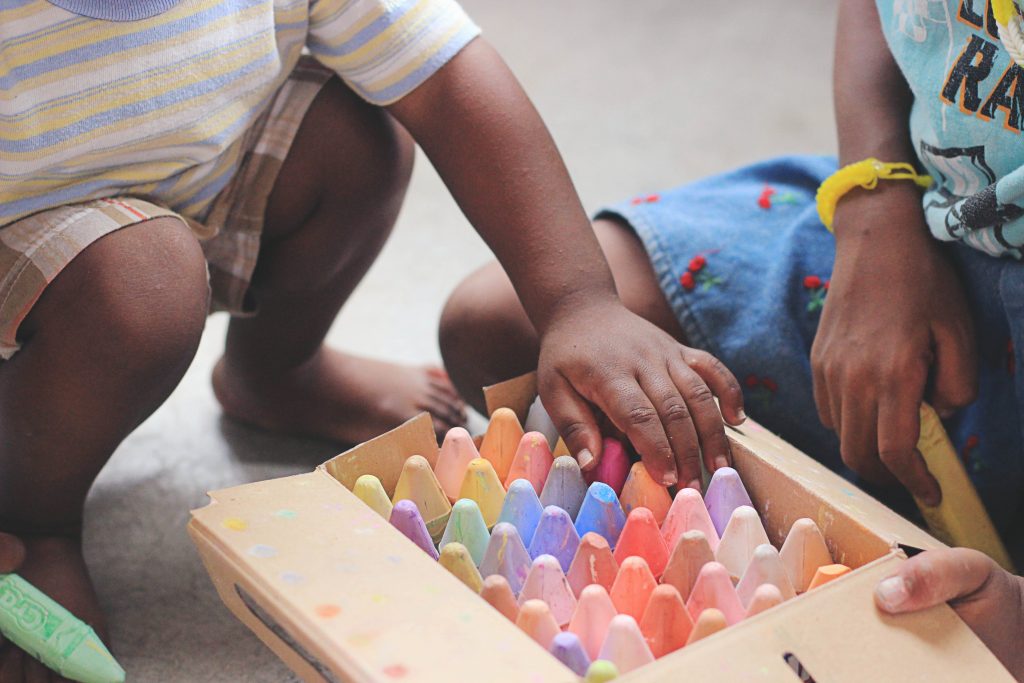Are you looking for hacks to help students lower their unexcused tardies? If so, keep reading.
1. Make sure the student is properly placed according to capacity and ability level in those classes in which they are enrolled (e.g., the class is not too complicated, the class is not too easy).
2. Minimize the emphasis on competition. Repeated failure may cause the student to be tardy or absent to avoid competitive situations.
3. Include the student in extracurricular learning activities.
4. Talk regularly with the student positively throughout the day.
5. Provide the student a responsibility to be performed at the beginning of each learning experience.
6. Provide open communication with the student’s family to make sure that the student is leaving for school at the designated time.
7. Do not force the student to interact with others or do things that make them feel awkward and cause the student to want to be absent/tardy.
8. Begin each day with a fun learning experience that should cause the student to want to attend and be on time for class.
9. Connect with the parents(e.g., notes home, phone calls, etc.) to disseminate information about the student’s progress. The parents may reinforce the student at home for school attendance/promptness.
10. Draft an agreement with the student stipulating what behavior is required (e.g., coming to school/ class on time) and which reinforcement will be implemented when the agreement has been met.
11. Praise the student for arriving at a learning experience within a given period. As the student becomes more successful at being punctual, slowly lessen the amount of time the student has to arrive at a learning experience.
12. Praise those students in the classroom who come to a learning experience at a specific time.
13. Create classroom rules: • Complete every assignment. • Complete assignments quietly. • Remain in your seat. • Finish tasks. • Meet task expectations. Examine rules often. Praise students for following the rules.
14. Talk with the student to explain(a) what the student is doing wrong (e.g., coming late to a learning experience) and (b) what the student should be doing (e.g., arriving at a learning experience at a specific time).
15 Praise the student for arriving at a learning experience at a specific time: (a) give the student a concrete reward (e.g., privileges such as leading the line, handing out learning materials, 10 minutes of free time, etc.) or (b) give the student an informal reward (e.g., praise, handshake, smile, etc.).
16. Select a peer to model arriving at a learning experience at a specific time for the student.
17. Consider using a classroom manageme
nt app. Click here to view a list of apps that we recommend.
18. Consider using an adaptive behavior management app. Click here to view a list of apps that we recommend.
19. Consider using Alexa to help the student learn to behave appropriately. Click here to read an article that we wrote on the subject.
20. Click here to learn about six bonus strategies for challenging problem behaviors and mastering classroom management.











